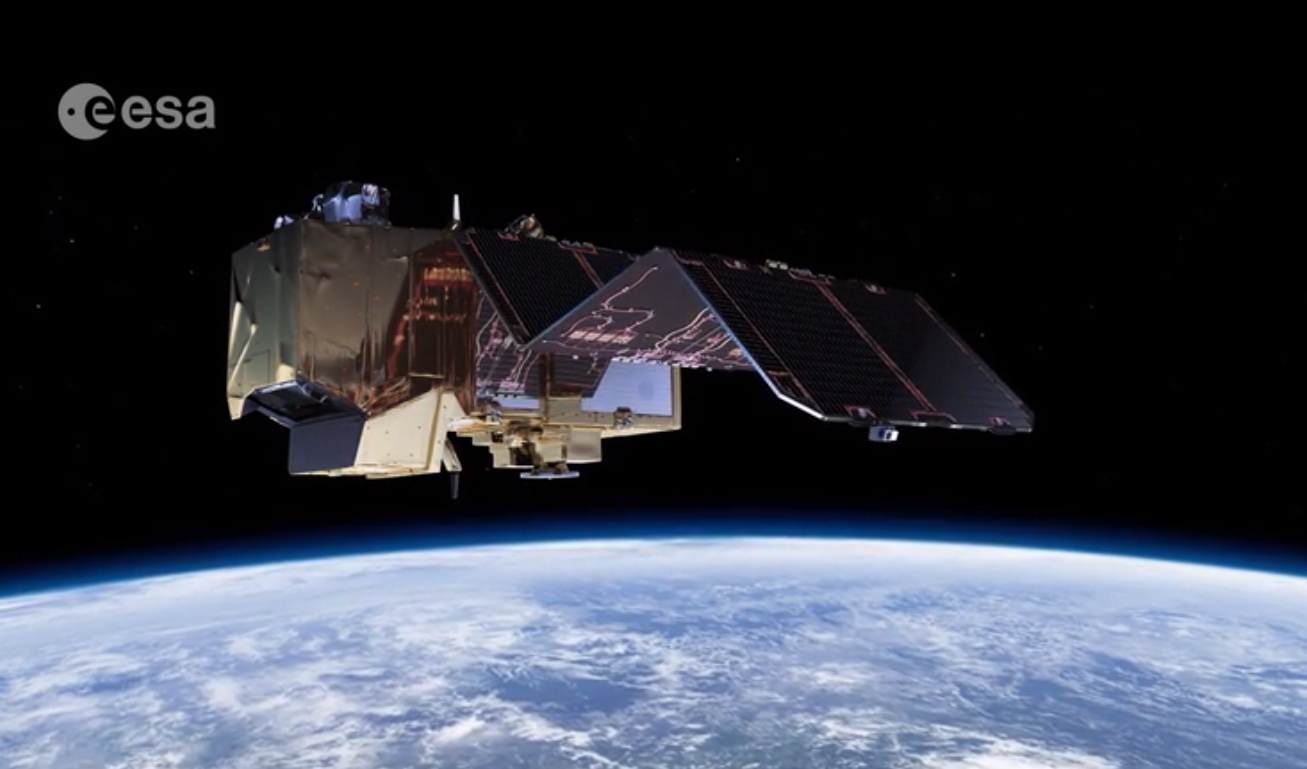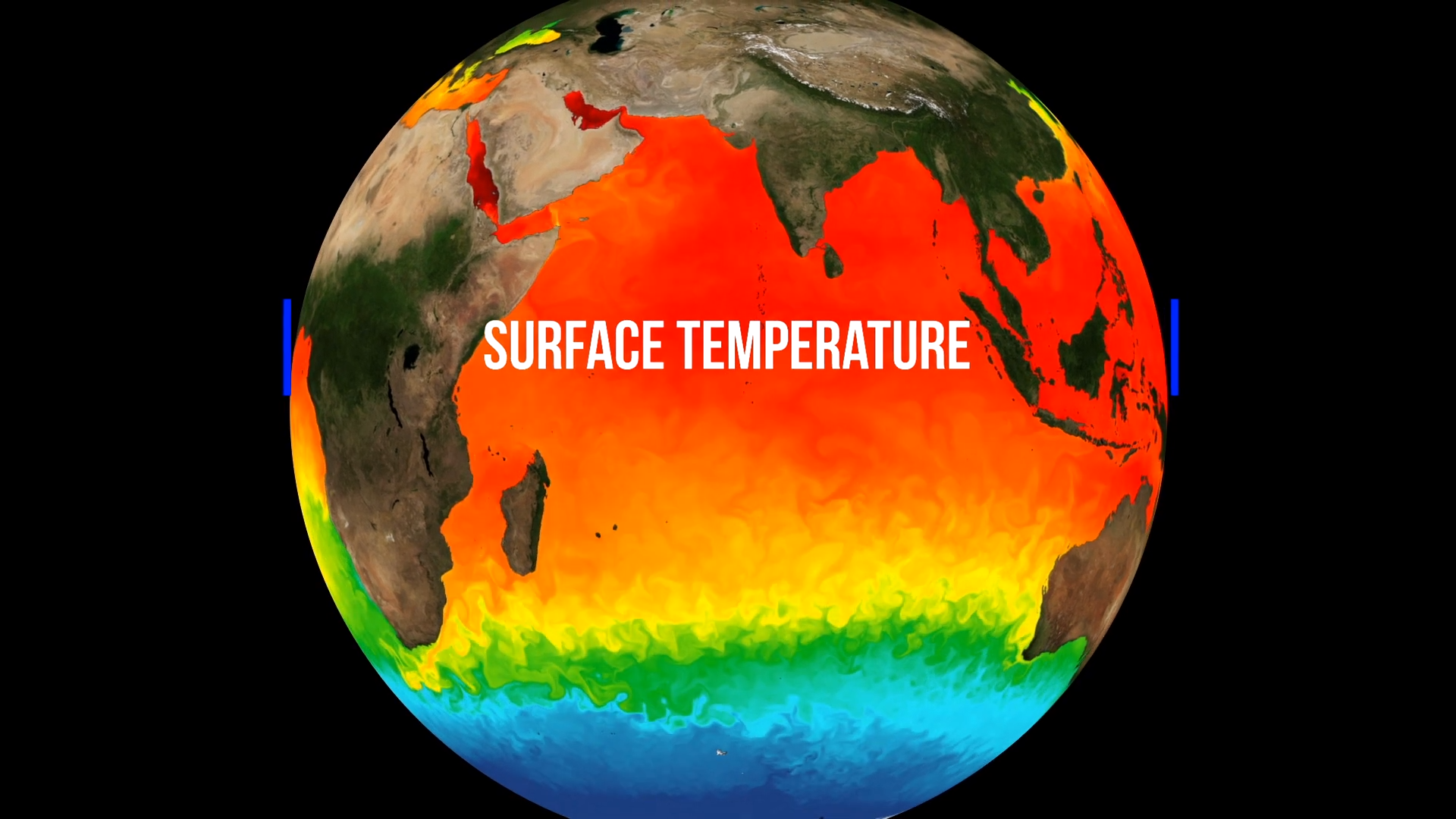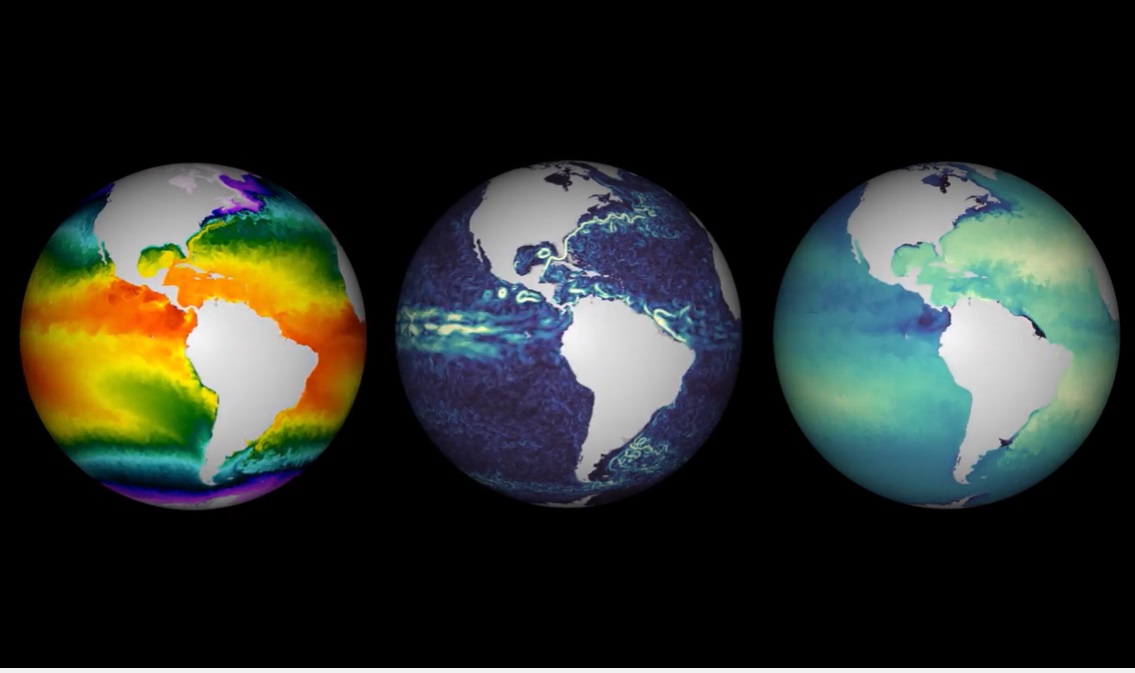Topic 4E - Expanding Our Vision of the Sea Surface
Neural Networks allow us to expand the vision of the sea surface that we get from satellites – this allows us to obtain 3D reconstructions of the ocean Using SST and Ocean Colour surface fields with AI to construct 3D fields of the ocean.
They have used machine learning with Copernicus data to create a 3D view of temperature and chlorophyll in the Mediterranean Sea.
New AI algorithms allow us to see beyond what we can see now.
Remote sensing data provide a huge number of sea surface observations, but cannot give direct information on deeper ocean layers, which can only be provided by sparse in situ data. The combination of measurements collected by satellite and in situ sensors represents one of the most effective strategies to improve our knowledge of the interior structure of the ocean ecosystems. In this work, we describe a Multi-Layer-Perceptron (MLP) network designed to reconstruct the 3D fields of ocean temperature and chlorophyll-a concentration, two variables of primary importance for many upper-ocean bio-physical processes. Artificial neural networks can efficiently model eventual non-linear relationships among input variables, and the choice of the predictors is thus crucial to build an accurate model.
- Bruno Nardelli

©

©

©
Discussion



